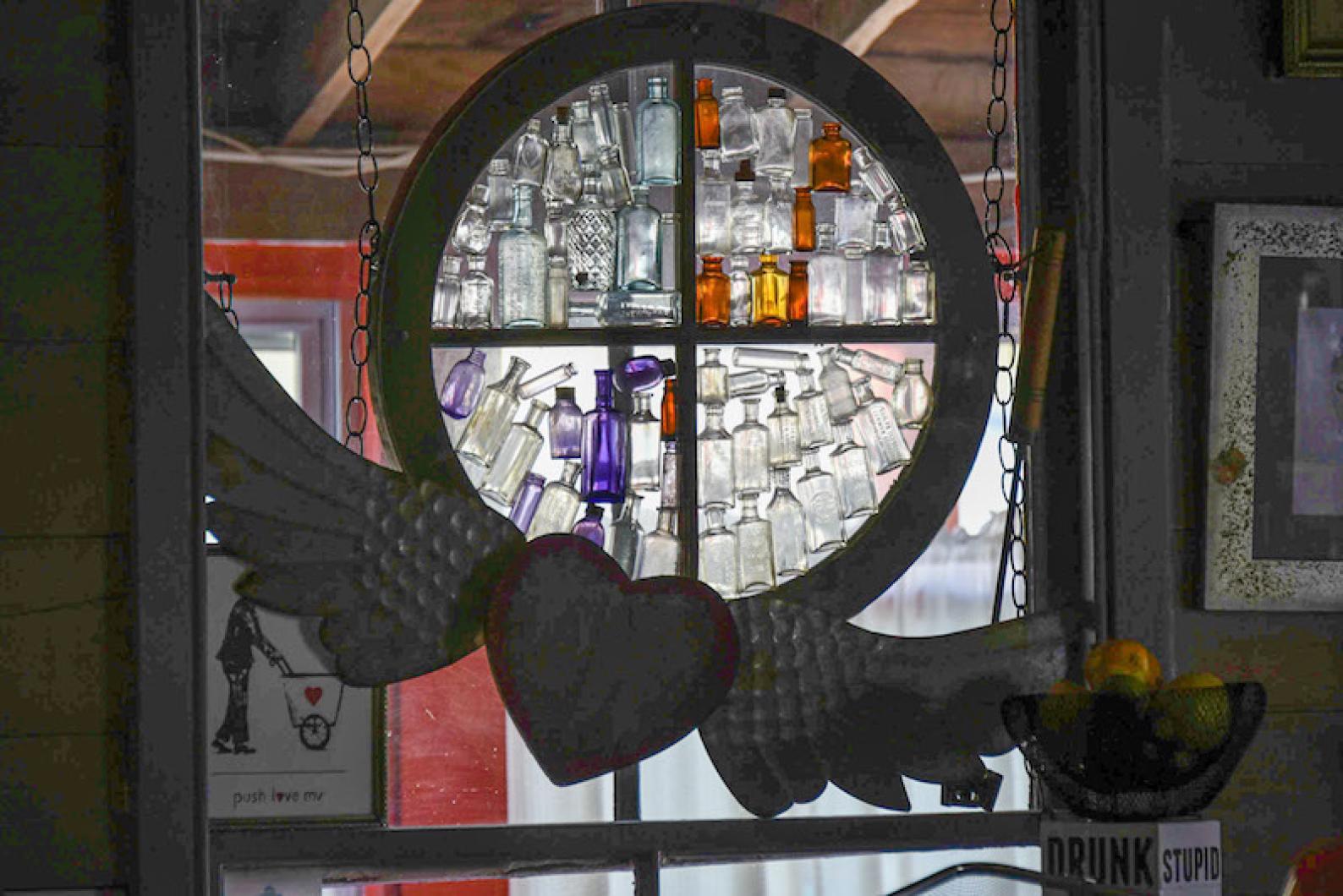The Martha’s Vineyard Commission voted Thursday to approve a project to demolish and replace the old building that houses the Red Cat Kitchen in Oak Bluffs, with conditions that include an $80,000 contribution to affordable housing by the developers.
Purchased late last year by a group that includes Oak Bluffs selectman Brian Packish and Chilmark seasonal resident Gary Jones, the building is located at the bottom of Kennebec avenue and dates to the mid-19th century.
The project calls for a full tear-down of the two-story bungalow and the construction of a slightly taller three-story building with four upstairs apartments.
The popular Red Cat Kitchen restaurant will remain on the new building’s first floor, with new facilities and ADA accessibility.
Assessments by both the commission and the Oak Bluffs historic district found that the late-Victorian structure retained little architectural or historic value. The building scored 11 out of a possible 38 points on the commission’s new ranking system for historic structures, which values factors such as age, location and the building’s architectural significance.
The meeting — the regional planning agency’s first since the pandemic began — was held via video conference Thursday afternoon. Although the commission held a public hearing on the project earlier this winter, the review process was sidelined as the coronavirus spread.
The commission had received over 50 letters of support for the project.
The coronavirus and its economic implications loomed over the deliberations Thursday, as commissioners weighed benefits and detriments.
“Our world has turned upside down,” commissioner Kathy Newman said.
Although commissioners mostly favored the demolition part of the project, affordable housing mitigation continued to be a sticking point, as it has been at earlier hearings.
In the past year, the commission adopted a complicated formula to calculate affordable housing contributions for projects, factoring in the net increase in non-affordable units and their assessed value. But without knowing the exact assessed value of the Red Cat property, putting a number on the housing contribution has been a moving target.
The commission land use planning subcommittee had recommended a $110,000 affordable contribution, after determining that the project would yield a net gain of two units and a $550,000 assessed value.
The lone dissenting vote on the subcommittee, Richard Toole, felt the number was too high, fearing it could force developers to scrap the restaurant aspect of the project.
“This project has overwhelming support,” Mr. Toole said. “I think it would just be a shame to lose this over a little bit of money.”
Developers initially offered a $50,000 lump sum payment, and raised that amount to $80,000 at the recent LUPC meeting.
On Thursday, Mr. Toole’s perspective carried the day, as commissioners expressed their desire to support small business development in light of the pandemic. The $80,000 offer was accepted.
Commissioner Linda Sibley said that while the commission’s charter gives the body a responsibility to promote affordable housing, it also says the commission must help maintain a strong economy.
“Ordinarily I would argue that allowing someone to come in under our policy was a bad idea, but I think he’s going to have difficulty building this project anyway,” Mrs. Sibley said. “I think it’s incredibly important that he be able to afford to do this . . . the benefits are going to be so critical.”
Commissioners Fred Hancock and Josh Goldstein felt differently.
Mr. Hancock said the commission had already come down in its request, and that the four units intended to go above the restaurant were the exact type of housing the Island did not need. Mr. Goldstein said allowing a lesser affordable housing contribution from one developer could create a slippery slope considering the pipeline of development facing the commission.
“I think it is interesting that we are willing to move our policy now,” Mr. Goldstein said. “We have a lot of projects coming that have huge implications for the Island . . . are we going to give every single person the same leeway?
“I just want to make sure that everybody has the same playing field.”
In the end the vote was 10-3 to approve housing contribution — Mr. Hancock, Mr. Goldstein and commissioner Joan Malkin voted no on the motion.
But the vote to approve the entire project was unanimous and included Clarence A. (Trip) Barnes 3rd, James Joyce, Linda Sibley, Robert Doyle, Ben Robinson, Jim Vercruysse, Ernie Thomas, Michael Kim, Christine Todd and Christina Brown.
The applicant will have to make the full $80,000 payment before receiving a certificate of occupancy. The recipient of the money is subject to a future vote by the land use planning committee.
The project now returns to the local level for review, where it needs a number of approvals, including the Oak Bluffs planning board, conservation commission and zoning board of appeals.







Comments (6)
Comments
Comment policy »